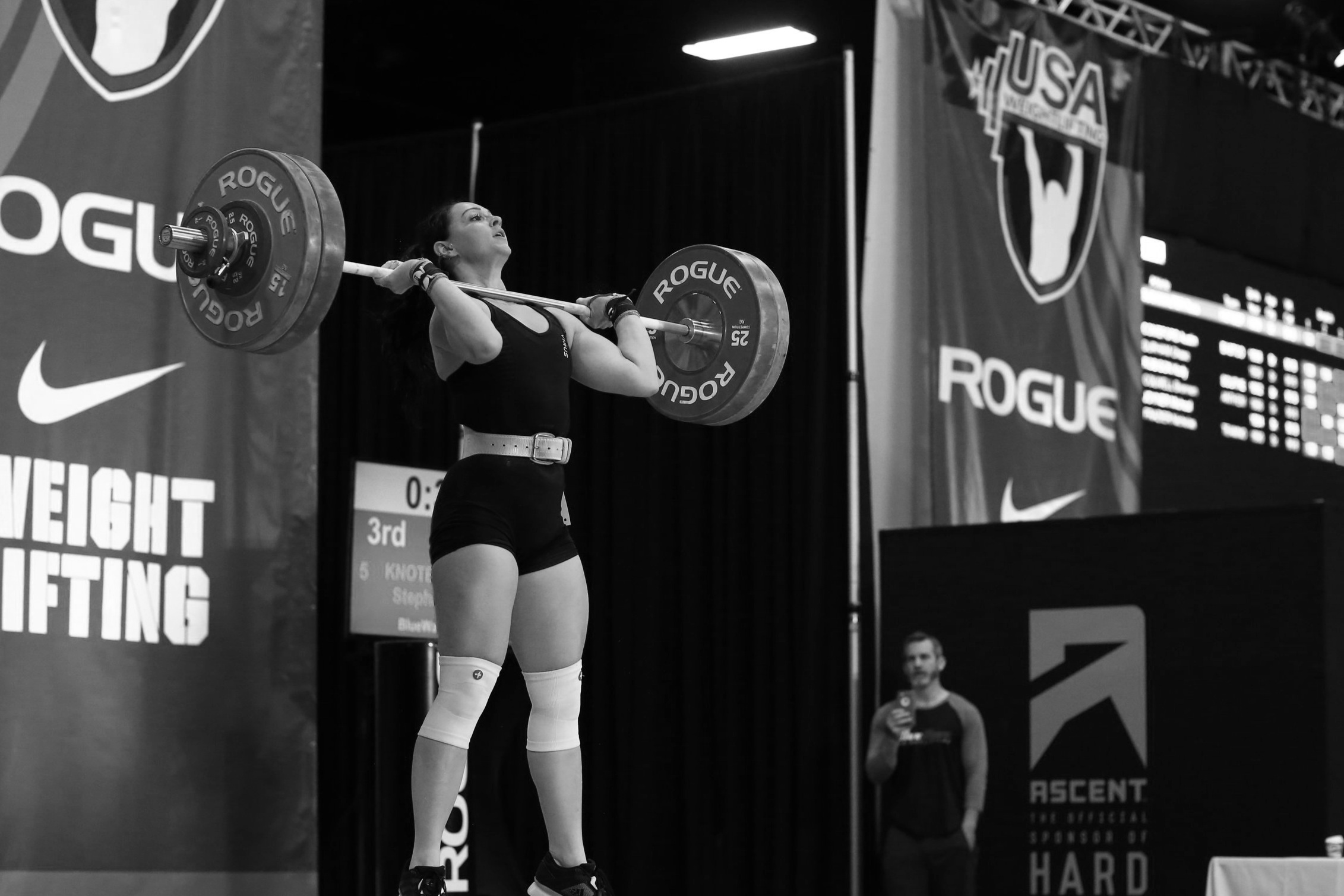Strength training isn’t just for bodybuilders or athletes; it’s the cornerstone of any well-rounded fitness plan. In our latest podcast episode, we break down why strength training is essential for everyone, regardless of fitness level or goals. We also tackle common misconceptions about yoga, pilates, HIIT, and sports, and explain why these activities can’t replace the structured strength training you find at enduraLAB.
Why Strength Training is Essential
Strength training goes far beyond building muscle; it’s about creating a body that’s strong, resilient, and functional for life. Here are some of the key reasons why strength training should be the foundation of your fitness routine:
- Builds Muscle and Boosts Metabolism Muscle mass is a metabolic powerhouse. The more muscle you have, the more calories your body burns at rest. This is especially important as we age, since muscle mass naturally declines over time. Dr. Stacy Sims emphasizes that for women, strength training is crucial to maintaining metabolic health and countering hormonal changes.
- Improves Bone Density and Joint Health As we age, our bones become more prone to fractures and osteoporosis. Strength training places stress on the bones, stimulating them to grow stronger and denser. Kelly Starrett highlights how strength training also supports joint health by improving stability and mobility, reducing the risk of injury.
- Supports Longevity and Quality of Life Maintaining strength and muscle mass is one of the best predictors of longevity. It’s not just about adding years to your life—it’s about adding life to your years. Strength training enhances functional fitness, helping you move better and maintain independence as you age.
- Boosts Mental Health Not only does strength training help the body, but it also positively impacts the brain, increasing levels of dopamine and serotonin. These neurotransmitters improve mood, reduce stress, and enhance overall mental well-being.
What Strength Training Is and Isn’t
There’s a lot of confusion about what counts as strength training. Let’s clear up some common misconceptions:
Yoga and Pilates
While yoga and pilates are excellent for flexibility, balance, and core stability, they don’t provide the progressive overload needed to build significant muscle or strength. These practices are great complements to a fitness routine but shouldn’t replace strength training.
HIIT and Circuit-Based Classes
High-intensity interval training (HIIT) and circuit classes are great for cardiovascular endurance and calorie burn, but they’re not the same as true strength training. Without a focus on progressively increasing resistance, these classes don’t build muscle in the same way structured strength programs do.
What True Strength Training Looks Like
Strength training involves deliberate, controlled movements with progressive overload. Exercises like squats, deadlifts, bench presses, and pull-ups target multiple muscle groups and allow you to gradually increase resistance over time. This structured approach is key to building strength and muscle.
Why Sports Can’t Replace Strength Training
Playing sports is fantastic for improving agility, coordination, and cardiovascular fitness, but it’s not a substitute for strength training. Here’s why:
- Lack of Progressive Overload Sports often involve repetitive motions in specific planes of movement, which can lead to muscular imbalances. Strength training addresses these imbalances by targeting all major muscle groups and ensuring balanced development.
- Risk of Injury Athletes who don’t incorporate strength training into their routine are more prone to injuries. Building a strong posterior chain—including the glutes and hamstrings—is critical for athletic performance and injury prevention.
- Limited Focus on Strength Sports prioritize competition over progression. Strength training provides a controlled environment where you can focus on improving your physical capabilities without the added pressure of performance.
How to Get Started with Strength Training
If you’re new to strength training, here are some tips to get started:
- Focus on Compound Movements Exercises like squats, deadlifts, and push-ups target multiple muscle groups and provide the most bang for your buck.
- Start with Bodyweight Exercises If you’re not ready to lift weights, start with bodyweight movements like lunges, planks, and pull-ups to build a foundation.
- Prioritize Progressive Overload Gradually increase the resistance or weight you’re lifting to continue challenging your muscles and promoting growth.
- Incorporate Strength Training 2-3 Times Per Week You don’t need to spend hours in the gym. Even two or three 45-minute sessions per week can produce significant results.
- Work with a Coach If you’re unsure where to start, a coach can provide guidance, ensure proper form, and help you design a program tailored to your goals. Our coaches at enduraLAB have been helping our athletes achieve their goals and beyond for over 14 years!
Final Thoughts
Strength training is the foundation of any effective fitness plan. It’s not just about building muscle—it’s about improving your overall health, boosting your longevity, and empowering you to live a more active, independent life. As Dr. Peter Attia says, “Strength is the currency of aging well.”
Ready to make strength training a priority? At enduraLAB, we offer programs designed to help you build strength, improve mobility, and achieve your fitness goals. Whether you’re a beginner or an experienced athlete, we’re here to support your journey.
Call to Action:
📩 What are your thoughts on strength training? Share your experiences or questions in the comments!
💪 Ready to start your strength training journey? Join us at enduraLAB!
🎧 Don’t forget to listen to the full podcast episode for even more insights and tips.



